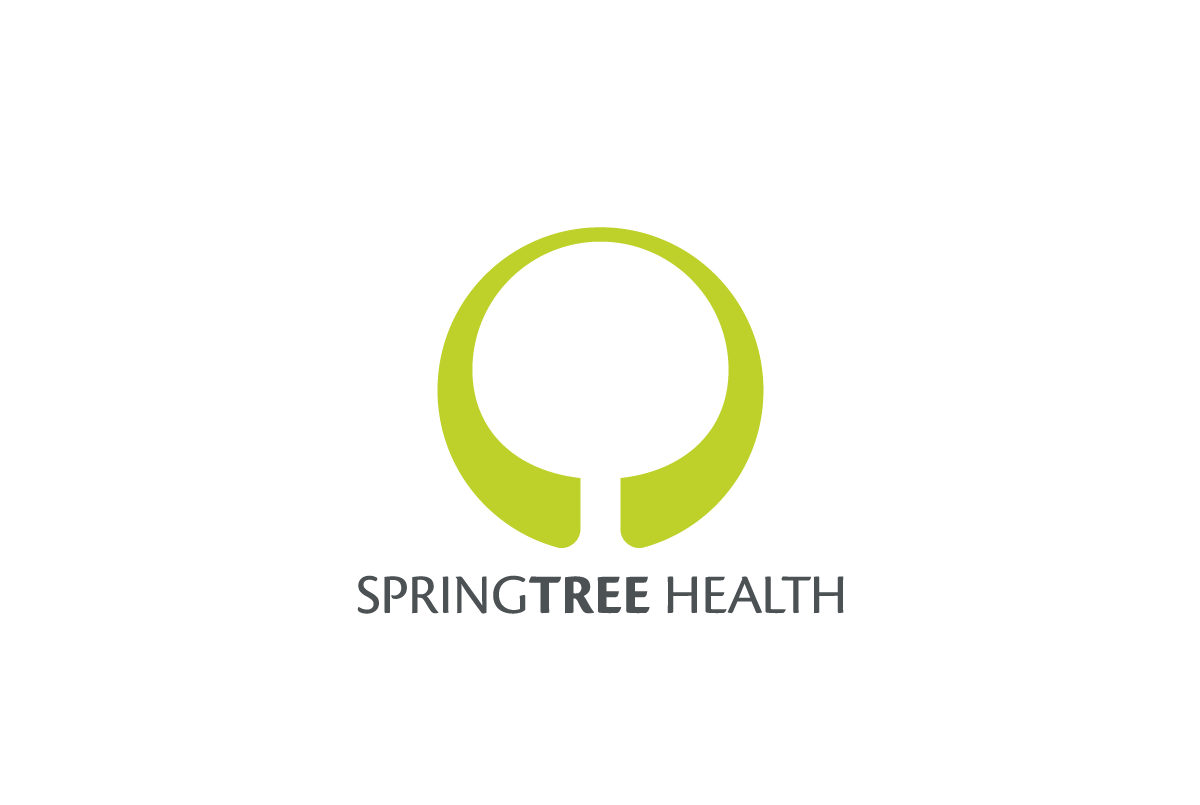Inflammation
Anti-inflammatory Diet
Inflammation is one of the body’s natural ways of protecting itself. It includes many chemical reactions that assist the body to fight off infections, to increase blood flow to places that need healing, and to generate pain as a signal that something is wrong with the body. Unfortunately, as with any process in the body, it is possible to have too much inflammation, or an inflammatory response that lasts longer than is necessary. A number of medical conditions are associated with excessive chronic inflammation. How we eat can affect inflammation, and certain diets may decrease symptoms associated with an unbalanced inflammatory response. Many things we have control over, such as our stress levels, how much we exercise, and how we eat influence our body’s inflammatory response.
Try to eat only the following organically grown foods for 21 days. Research suggests that people with a high intake of vegetables, fruits, nuts, seeds, healthy oils and fish may have a reduced risk for inflammation-related diseases.
Steamed Vegetables:
The primary reason for using steamed vegetables, instead of raw, is that steaming improves the utilization and/or availability of the nutrients in vegetables, and it reduces the irritating residue in the gut, allowing it to restore itself.
Eat a variety of the vegetables that you tolerate: Dark leafy green, Broccoli & other cruciferous vegetables, artichokes, sweet potatoes (except nightshades: tomatoes, potatoes, eggplant, etc). Diets high in certain fibers (about 30 grams per day) have been shown to decrease inflammation.
Avoid aluminum cookware, plastic, Teflon, or Styrofoam.
Grains: Soaking grains overnight helps to make them more digestible
Eat one or two cups of whole cooked grains per day, choosing grains that you tolerate well.
Allowed grains are millet, basmati or brown rice, quinoa, amaranth, gluten-free oatmeal, buckwheat, and teff.
Other grain foods that may be eaten are rice crisps and wasa crackers.
Legumes: (Please be aware that some people react to legumes)
Eat a variety of the following legumes, choosing those that you tolerate well.
Allowed legumes are split peas, lentils, kidney beans, pinto beans, soy beans, mung beans, garbanzo beans, and aduki beans.
Fish: Smaller species of non-predatory fish may have lower levels of Mercury
Eat fatty acid rich fish, preferably wild caught fish such as salmon, halibut, cod, sardines, anchovies, herring, tuna, and mackerel; no shellfish.
The fish should be poached, baked, steamed, or broiled
Chicken:
Eat only meat from free-range or organically grown chickens.
The chickens should be baked, broiled, or steamed.
Fruit:
Eat 1 or 2 servings of organic fruit: berries, cherries, apples (no citrus).
Sweeteners: (preferred alternatives)
Stevia (no sugar or NutraSweet)
Alcohol sugars (xylitol, erythritol-be aware of GI effects)
Raw honey if not diabetic
Monk Fruit
Foods High in Antioxidants:
Dark Chocolate (at least 70% cacao)
Organic Nuts
Berries and Cherries
Apples
Artichokes
Avocados
Dark green leafy vegetables
Broccoli and cruciferous vegetables
Other oils may not be as high in Omega-3s but don’t have inflammatory effect: olive oil, avocado oil, walnut oil, grapeseed oil
*Be aware that heating some oils may promote carcinogenesis
Foods to Avoid:
Omega -6 fatty acids increase inflammatory chemicals, and should be balanced. Many people react to gluten even if they don’t have a true allergy, and it may increase inflammation. Sugary foods can increase inflammation. Processed grains act like sugar in the body. *Many people also react to dairy even if not a true allergy and it may increase inflammation. *Some people react to nightshade plants: tomatoes, tomatillos, potatoes, eggplant, peppers (bell, chili, red spices), paprika, tobacco, goji berries, ashwagandha. Remove these foods from your diet for 2 weeks, then adding one type of food at a time to see if it increases your symptoms.
Foods high in Omega 6: (Mammals don’t covert omega-6’s to omega-3’s):
Meat- especially poultry
Dairy Products
Margarine (avoid completely)
Vegetable oils (flax, sesame, corn, safflower, soybean, peanut, cottonseed oils)
Grains:
All processed grains (anything made with flour, processed foods)
All gluten (wheat, barley, rye, oatmeal that’s not listed as gluten-free, gluten additives in foods, malt, soy sauce, teriyaki sauce, beer, brewer’s yeast, maltodextrin, maltose, farina, MSG, modified food starch textured vegetable protein, hydrolyzed plant protein vegetable gum, natural and artificial flavorings, caramel color, flavor, and broth. (If it says gluten free and contains these products then they have not added any gluten containing product to their additives)
Sugars:
Table sugar (sucrose)
High fructose corn syrup
Artificial sweeteners
Honey, brown sugar, molasses
Nightshade plants: (Do a trial of 1 week without, then challenge with 2-3 servings in one day. If no increased symptoms of pain, digestive upset, etc. then some nightshades are okay to eat)
Tomatoes
Tomatillos
Potatoes
Eggplant
Peppers: bell, chili, red spices
Paprika
Tobacco
Goji berries
Ashwaganda
Pearls:
Many people with inflammatory diseases can’t handles raw vegetables. (Boiling, unless you are using the water boiled in for soup, leeches many nutrients.) *Ideal cooking for vegetables is steamed.
Possible whole cooked grains that may not cause problems: brown rice, quinoa, millet, gluten-free oatmeal
Legumes are generally good but some people react to them. Watch your symptoms if you eat beans or lentils to see if they worsen.
Most people can eat meat on an anti-inflammatory diet. However, cutting it out for 1-2 weeks and then adding it back in will give you an idea if it bothers you or not. Don’t eat larger amounts than palm-size.
Some people react to bananas, pineapple, citrus fruits. Watch your symptoms when you eat those. Food allergies can increase systemic inflammation and may change over time. Your healthcare provider may recommend food allergy testing to specify other foods to avoid.
Environmental toxins such as heavy metals, pesticides, herbicides, etc. have been shown to increase COX-2 inflammatory markers.
*The information included here is for general education and is not intended to diagnose, treat, or cure any disease or illness. Please work with your healthcare provider before starting this or any other treatment protocol.
